Annals of Environmental Science and Toxicology
Antioxidant Activity and Phytochemical Constituents of Pawpaw (Carica papaya) during Ripening
1Department of Environmental Management and Toxicology, College of Science, Federal University of Petroleum Resources, Effurun, Delta State, Nigeria
2Biology Unit, Air Force Institute of Technology, Nigerian Air Force Base, PMB 2104, Kaduna, Nigeria
3Department of Biochemistry, Faculty of Life Sciences, University of Benin, Benin-City, Nigeria
4Department of Chemistry, Air Force Institute of Technology, Nigerian Air Force Base, PMB 2104, Kaduna, Nigeria
Author and article information
ORCiD : *Oluwagbenga J Ogunbiyi: https://orcid.org/0000-0002-7583-2296
ORCiD : Harrison E Iyare: https://orcid.org/0009-0008-0257-8080
ORCiD : Temiloluwa O Amusan: https://orcid.org/0000-0001-9884-0320
Cite this as
Brotoboh KE, Ogunbiyi OJ, Iyare HE, Amusan TO. Antioxidant Activity and Phytochemical Constituents of Pawpaw (Carica papaya) during Ripening. Ann Environ Sci Toxicol. 2024; 9(1): 047-052. Available from: 10.17352/aest.000090
Copyright License
© 2025 Brotoboh KE, et al. This is an open-access article distributed under the terms of the Creative Commons Attribution License, which permits unrestricted use, distribution, and reproduction in any medium, provided the original author and source are credited.Abstract
Carica papaya L. (Pawpaw) is one of the most commonly cultivated fruits in tropical and subtropical countries, especially in Nigeria. Nutritionally, Carica papaya is known to be highly nutritious. The effect of ripening on the antioxidant activity and phytochemical constituents (such as alkaloids, flavonoids, phenols, saponins, and tannins) of aqueous extract of two cultivars of Carica papaya (Local pawpaw and Agric pawpaw) was determined in this study. The 2,2-diphenyl-1-picrylhydrazyl (DPPH) radical scavenging assay was used to determine antioxidant activity, expressed as % DPPH scavenging activity. % DPPH scavenging activity significantly increased (p < 0.01) in both Carica papaya cultivars during ripening, with the overripe stage of both cultivars (Local pawpaw and Agric pawpaw) having the highest % DPPH scavenging activity. Phytochemical constituent analysis in Local pawpaw showed that alkaloids, flavonoids, phenols, and saponins increased during ripening, with the overripe cultivar having the highest amount, while tannins decreased during ripening, with the unripe having the highest amount. Agric pawpaw showed that alkaloids, flavonoids, and saponins increased during ripening, with the overripe cultivar having the highest amount, while tannins and phenols decreased during ripening, with the unripe cultivar having the highest amount. This result showed the important role of ripening stages in increasing the antioxidant activity of Carica papaya.
Introduction
Papaya fruit (Carica papaya L.), a member of the Caricaceae family, includes various species known for their medicinal uses in treating different ailments [1,2]. Originating from southern Mexico, papaya is a perennial plant widely cultivated in tropical and subtropical regions and ranks among the most consumed fruits. Its inner flesh transitions from green (unripe) to yellow (ripe) and eventually to an overripe state [3]. As a climacteric fruit, papaya undergoes a rapid increase in respiration during ripening, leading to its maturation within a short period [4]. Compared to other fruits like bananas and apples, papaya offers an excellent natural source of carbohydrates, proteins, and essential micronutrients like vitamins A and C [5]. A notable correlation exists between the consumption of plants rich in antioxidants and a lower risk of mortality from various diseases [6]. The activity of natural antioxidants in combating free radicals, which contribute to chronic degenerative diseases, highlights the need for further research [7]. Due to their disease-preventing properties, medicinal plants have gained significant attention from researchers in recent years. The focus on antioxidant content in fruits and vegetables has increased, as natural antioxidant intake has been linked to reduced risks of cancer and heart disease [8]. Harvest timing is crucial in ensuring high-quality fruit with good storage potential. Factors such as cultivar, farming practices, and ripeness stage can influence certain physiological properties [9]. The ripening process significantly affects papaya quality [10]. Studies indicate that antioxidant capacity is crucial, given the fruit’s short shelf life postharvest. Papaya fruit has various shapes, including ovoid-oblong, spherical, cylindrical, pear-shaped, or grooved forms [11]. As a climacteric fruit, it shows a distinct rise in ethylene production during ripening, resulting in softening, color changes, the development of a strong aroma, and the conversion of polysaccharides into reducing sugars [12]. Genes related to aroma development during papaya ripening have also been identified [12]. This study aimed to determine the effect of ripening on the phenol, flavonoid, saponin, tannin, and alkaloid contents and the antioxidant activity (DPPH Radical Scavenging Activity) of Local pawpaw (pear-shaped variety) and Agric pawpaw (oblong variety) fruits growing in Nigeria. The study aims to envisage the antioxidant properties of pawpaw (Carica papaya L.) during various ripening stages to ascertain the effect of these properties on humans.
Materials and methods
Chemicals and reagents were of analytical grade. Acetic Acid, Ammonium Hydroxide, Diethyl Ether, 2,2-diphenyl-1-picrylhydrazyl (DPPH), ethanol, Hydrogen Chloride, iron (III) Chloride, methanol, n-butanol, and Potassium Ferrocyanide were mostly products of Sigma Aldrich (USA).
Sample collection
Two varieties of pawpaw (Carica papaya) fruits, identified as oblong-shaped (Agric pawpaw) and pear-shaped (Local pawpaw), were sourced in their unripe green state from New Benin Market in Benin City. The Faculty of Agriculture at the University of Benin distinguished these varieties by their shapes and local names. The fruits were then transported to the Biochemistry Laboratory at the University of Benin, where they were left to ripen naturally at room temperature. Samples were analysed at three stages: unripe (Figures 1,2), ripe (Figures 3,4), and overripe (Figures 5,6).
Extraction procedures
Extraction was carried out following a slightly modified method described by Oduola, et al. [13]. The papayas were peeled and sliced into 1 cm pieces before blending into uniform slurries using a Waring blender. Fresh slurries were made to ensure the preservation of antioxidant compounds. For the water extraction process, 10 g of papaya slurry was incubated at room temperature for 72 hours in a 1000 ml conical flask containing 100 ml of distilled water, stirred at 1000 rpm with a magnetic stirrer for 30 minutes on a stirring hot plate (Fisher Scientific, Pittsburgh, PA). The mixture was then filtered through a clean muslin cloth and centrifuged in a tabletop centrifuge (MLX 210, Thermo-line, China) at 3000 rpm for 30 minutes. The supernatants were collected and preserved in a refrigerator for further analysis.
Antioxidant activity (DPPH radical scavenging activity)
The antioxidant activity was measured using the 2,2-diphenyl-1-picrylhydrazyl (DPPH) radical scavenging method, following the procedure described by Brand-Williams, et al. [14]. A mixture of 2.5 ml Carica papaya extract and 7.5 ml of 0.3 mM DPPH methanol solution was incubated at 37 °C for 30 minutes. For the negative control, 2.5 ml of water was used instead of the papaya extract in the DPPH solution. The absorbance of the resulting solution was then measured spectrophotometrically at 515 nm. The DPPH radical scavenging activity of the sample was calculated using the following equation:
Where A is the absorbance.
Quantitative phytochemical screening of Carica papaya
The main chemical groups present in the extracts, including saponins, alkaloids, phenols, tannins, and flavonoids, were identified through confirmatory qualitative phytochemical screening of the plant extracts, conducted using standard procedures.
Test for saponins
Saponin content was determined using the procedure outlined by Hudson & El-Difrawi [15] and Obadoni & Ochuko [16]. The papayas were ground, and 20 g of the powdered fruit was placed into a conical flask. To this, 100 cm³ of 20% aqueous ethanol was added. The mixture was heated in a water bath at approximately 55 °C with continuous stirring for 4 hours. The mixture was then filtered, and the residue was re-extracted with an additional 200 ml of 20% ethanol. The combined extracts were concentrated to 40 ml by heating over a water bath at around 90 °C. The concentrate was then transferred to a 250 ml separatory funnel, where 20 ml of diethyl ether was added, and the mixture was shaken vigorously. The aqueous layer was collected while the ether layer was discarded, and this purification step was repeated. Subsequently, 60 ml of n-butanol was added to the combined extracts. The n-butanol extracts were washed twice with 10 ml of 5% aqueous sodium chloride. The remaining solution was heated in a water bath until evaporation occurred inside a fume cupboard. The final samples were dried to a constant weight in an oven, and the saponin content was calculated as a percentage.
Test for alkaloids
Alkaloid content was measured using Harborne’s method [17]. Five grams of papaya extract were placed in a 250 ml beaker, and 200 ml of 10% ammonium hydroxide was added. The mixture was covered and stood for 4 hours before being filtered. The resulting extract was concentrated to one-quarter of its original volume using a water bath. Concentrated ammonium hydroxide was then added dropwise until precipitation occurred. The solution was allowed to settle, and the precipitate was collected, washed with 10% ammonium hydroxide, and filtered. The collected residue, the alkaloids, was then dried with filter paper in an oven at 60 ℃ for 30 minutes and weighed again.
Test for phenols
Phenol content was measured using a spectrophotometric method as described by Khan, et al. [18]. The fat-free papaya extract was boiled with 50 mL of ether for 15 minutes to extract the phenolic compounds. Then, 5 ml of the extract was transferred to a 50 ml flask, followed by adding 10 ml of distilled water and 2 ml of ammonium hydroxide solution. The mixture was diluted to the mark and allowed to react for 30 minutes to develop colour. The intensity of the colour was measured at 505 nm.
Test for tannins
Tannin content was measured using the method described by Van-Burden and Robinson [19]. Five hundred milligrams of the papaya extract were placed into a 50 ml plastic bottle, and 50 ml of distilled water was added. The mixture was shaken for 1 hour using a mechanical shaker, then filtered into a 50 ml volumetric flask and brought to the mark with distilled water. From this solution, 5 ml was pipetted into a test tube and combined with 2 ml of 0.1 M FeCl3 in 0.1 M HCl and 0.008 M potassium ferrocyanide. The absorbance of the solution was measured at 120 nm within 10 minutes, and tannin content was expressed as a percentage of the dried fraction.
Test for flavonoids
The flavonoid content was determined using the gravimetric method described by Boham & Kocipal-Abyazan [20]. Ten grams of the papaya extract were repeatedly extracted with 100 mL of 80% aqueous methanol at room temperature. The mixture was then filtered through Whatman filter paper No. 42. The filtrate was transferred to a crucible, evaporated to dryness over a water bath, and the resulting residue was weighed until a constant weight was achieved. The flavonoid contents were expressed as a percentage of the dried fraction.
Statistical analysis
The data obtained in this study were presented in descriptive analysis and expressed as Mean ± SEM. Significant differences between means were determined by one-way analysis of variance (ANOVA) with SPSS version 21. Tukey’s Multiple Range Comparison Test was used to compare the means. The significance level was set at p < 0.01.
Results
The results showed that the antioxidant activity and phytochemical constituents (% Dry weight) of Carica papaya varied with ripening stages in both cultivars (Tables 1,2). The % DPPH scavenging activity significantly increased (p < 0.01) during ripening. This suggests that ripening enhances the antioxidant properties of Carica papaya, making the overripe fruit potentially more beneficial for health in terms of antioxidant intake.
The antioxidant activity in Carica papaya fruit for both cultivars was presented in Figures 7,8. The phytochemical constituents of Carica papaya fruit for both cultivars were also shown in Figures 9,10.
Discussion
The results of this study revealed significant changes in the antioxidant activity and phytochemical constituents of Carica papaya during different ripening stages for both Local pawpaw (pear-shaped variety) and Agric pawpaw (oblong variety) cultivars.
The % DPPH scavenging activity, a measure of antioxidant capacity, increased significantly (p < 0.01) in both cultivars as the fruits ripened. This increase indicates that the antioxidant properties of Carica papaya are enhanced during the ripening process. The overripe stage of both Local and Agric pawpaw exhibited the highest % DPPH scavenging activity, suggesting that the fully ripened fruits contain more potent antioxidants compared to the unripe and ripe stages [21]. This could be attributed to the breakdown of complex compounds into simpler phenolic compounds during ripening, which are known for their antioxidant properties [22]. Additionally, the enhanced antioxidant activity in the overripe stage could be due to the increased synthesis of secondary metabolites as the fruit matures, further contributing to its antioxidant potential [23].
For the Local pawpaw cultivar, the analysis of phytochemical constituents showed an increase in alkaloids, flavonoids, phenols, and saponins during ripening. The overripe Local pawpaw contained the highest amounts of these phytochemicals [24]. Alkaloids and flavonoids are known for their medicinal properties, including anti-inflammatory and antimicrobial activities, which could be enhanced in the overripe fruits [25]. Phenols are effective antioxidants that help in scavenging free radicals, thus contributing to the overall antioxidant capacity of the fruit [26]. Saponins have been associated with various health benefits, including cholesterol-lowering properties and immune-boosting effects [27]. The increase in these phytochemicals during ripening suggests that overripe Local pawpaw might offer more health benefits. On the contrary, tannin content decreased during ripening, with the unripe fruit having the highest tannin levels. Tannins, while possessing some antioxidant properties, can also have anti-nutritional effects by binding to proteins and reducing their digestibility [28]. Therefore, the reduction in tannin content during ripening could improve the nutritional quality of the fruit [29].
In the Agric pawpaw cultivar, alkaloids, flavonoids, and saponins increased during ripening, with the highest amounts found in the overripe fruits. This trend mirrors that of the Local pawpaw and suggests similar potential health benefits associated with the consumption of overripe Agric pawpaw [30]. However, phenols and tannins showed a different pattern; both decreased during ripening, with the unripe fruits having the highest levels. The decrease in phenol content during ripening in Agric pawpaw contrasts with the Local pawpaw, indicating possible varietal differences in the synthesis and breakdown of phenolic compounds during fruit maturation [31]. The reduction in tannin content aligns with that of the Local pawpaw, potentially improving the fruit’s nutritional quality as it ripens [32].
The findings of this study highlight the importance of ripening stages in determining the antioxidant activity and phytochemical profile of Carica papaya. The increased antioxidant activity in overripe fruits suggests that consuming fully ripened or even overripe papaya may provide greater health benefits, particularly in terms of antioxidant intake [33]. Antioxidants are essential for neutralizing free radicals, which helps reduce oxidative stress and lowers the risk of chronic conditions like cancer, cardiovascular diseases, and neurodegenerative disorders [34].
Furthermore, the varying phytochemical contents during ripening suggest that different stages of ripeness may offer distinct health benefits. While unripe fruits may have higher tannin content, ripe and overripe fruits provide a richer source of beneficial compounds such as alkaloids, flavonoids, phenols (in Local pawpaw), and saponins [35]. Alkaloids and saponins have been shown to possess medicinal properties [36].
Future research
Future research could explore the specific health benefits of consuming papaya at different ripening stages, considering the changes in antioxidant activity and phytochemical composition. Additionally, understanding the underlying biochemical processes that drive these changes during ripening could provide insights into optimizing the nutritional quality and health benefits of Carica papaya. This could lead to improved dietary recommendations and post-harvest handling practices to maximize the health benefits of this widely consumed fruit [37].
Conclusion
Ripening significantly affects the antioxidant activity and phytochemical constituents of Carica papaya. Both the Local and Agric pawpaw cultivars show increased % DPPH scavenging activity and varying changes in phytochemical contents with ripening. This highlights the potential health benefits of consuming ripe and overripe Carica papaya due to its higher antioxidant activities. Further studies could explore the implications of these findings for dietary recommendations and post-harvest handling of papaya fruits.
Acknowledgement
The authors are grateful to the Department of Biochemistry, University of Benin, Benin City, for providing the facilities necessary to accomplish the desired aim of this research.
Author contribution
BK developed the concept for this research and designed the study. BK, OOJ, and IHE supervised the project and played key roles in drafting the initial manuscript. BK, IHE, and ATO conducted the experiments, analyzed, and interpreted the data. OOJ performed a thorough review of the revised manuscript and made significant contributions to its editing. All authors reviewed and approved the final manuscript.
Data availability
Data will be provided on reasonable request from the corresponding author.
References
- Mello VJ, Gomes MTR, Lemos FO, Delfino JL, Andrade SP, Lopes MTP, et al. The gastric ulcer protective and healing role of cysteine proteinases from Carica candamarcensis. Phytomedicine. 2008;15(4):237–244. Available from: https://doi.org/10.1016/j.phymed.2007.06.004
- Munoz V, Sauvain M, Bourdy G, Callapa J, Rojas I, Vargas L, et al. The search for natural bioactive compounds through a multidisciplinary approach in Bolivia. Part II. Antimalarial activity of some plants used by Mosetene Indians. J Ethnopharmacol. 2000;69(2):139–155. Available from: https://doi.org/10.1016/s0378-8741(99)00096-3
- McGrath MJ, Karahadian C. Evaluation of physical, chemical, and sensory properties of pawpaw fruit (Asimina triloba) as indicators of ripeness. J Agric Food Chem. 1994;42(4):968–974. Available from: https://doi.org/10.1016/0308-8146(94)90024-8
- Zhu S, Zhou J. Effect of nitric oxide on ethylene production in strawberry fruit during storage. Food Chem. 2007;100(4):1517–1522. Available from: https://doi.org/10.1016/j.foodchem.2005.12.022
- Peterson RN, Cherry JP, Simmons JG. Composition of pawpaw (Asimina triloba) fruit. North Nut Grow Assoc Annu Rep. 1982;73:97–107.
- Halliwell B, Gutteridge JMC, Cross CE. Free radicals, antioxidants, and human disease: where are we now? J Lab Clin Med. 1992;119:598–620. Available from: https://pubmed.ncbi.nlm.nih.gov/1593209/
- Bray TM. Dietary antioxidants and assessment of oxidative stress. Nutrition. 2000;16(7–8):578. Available from: https://doi.org/10.1016/s0899-9007(00)00365-8
- Temple NJ. Antioxidants and disease: More questions than answers. Nutr Res. 2000;20(3):449–459. Available from: https://doi.org/10.1016/S0271-5317(00)00138-X
- Kevers C, Falkowski M, Tabart J, Defraigne JO, Dommes J, Pincemail J. Evolution of antioxidant capacity during storage of selected fruits and vegetables. J Agric Food Chem. 2007;55(21):8596–8603. Available from: https://doi.org/10.1021/jf071736j
- Chonhenchob V, Singh SP. Packaging performance comparison for the distribution and export of papaya fruit. Packag Technol Sci. 2005;18(3):125–131. Available from: https://doi.org/10.1002/pts.681
- Chen NJ, Manenoi A, Paull RE. Papaya postharvest physiology and handling – problems and solutions. Acta Hortic. 2007;740:285–294. Available from: https://www.ishs.org/ishs-article/740_35
- Devitt LC, Sawbridge T, Holton TA, Mitchelson K, Dietzgen RG. Discovery of genes associated with fruit ripening in Carica papaya using expressed sequence tags. Plant Sci. 2006;170:356–363. Available from: https://doi.org/10.1016/j.plantsci.2005.09.003
- Oduola T, Adeniyi FAA, Ogunyemi EO, Bello IS, Idowu TO, Subair HG. Toxicity studies on an unripe Carica papaya aqueous extract: biochemical and haematological effects in Wistar albino rats. J Med Plants Res. 2007;1(1):1–4. Available from: https://www.researchgate.net/publication/237608031_Toxicity_studies_on_an_unripe_Carica_papaya_aqueous_extract_Biochemical_and_haematological_effects_in_wistar_albino_rats
- Brand-Williams W, Cuvelier ME, Berset V. Use of a free radical method to evaluate antioxidant activity. Food Sci Technol. 1995;28:25–30. Available from: https://doi.org/10.1016/S0023-6438(95)80008-5
- Hudson BJ, El-Difrawi EA. The sapogenins of the seeds of four Lupin species. J Plant Foods. 1979;3:181–186. Available from: https://doi.org/10.1080/0142968X.1979.11904227
- Obadoni BO, Ochuko PO. Phytochemical studies and comparative efficacy of the crude extract of some homostatic plants in Edo and Delta States of Nigeria. Glob J Pure Appl Sci. 2001;8b:203–208. Available from: https://www.researchgate.net/publication/272459674_Phytochemical_Studies_And_Comparative_Efficacy_Of_The_Crude_Extracts_Of_Some_Haemostatic_Plants_In_Edo_And_Delta_States_Of_Nigeria
- Harborne JB. Phytochemical methods. London: Chapman and Hall Ltd; 1973;149–188. Available from: https://www.scirp.org/reference/ReferencesPapers?ReferenceID=1999009
- Khan AM, Qureshi RA, Ullah F, Gilani SA, Nosheen A, Sahreen S, Laghari MY, Shafiq-Ur-Rehman, Hussain I, Murad W. Phytochemical analysis of selected medicinal plants of Margalla Hills and surroundings. J Med Plants Res. 2011;5:6017–6023. Available from: https://doi.org/10.5897/JMPR11.869
- Van-Burden TP, Robinson WC. Formation of complexes between protein and tannic acid. J Agric Food Chem. 1981;1:77. Available from: https://pubs.acs.org/doi/10.1021/jf60164a003
- Boham BA, Kocipal-Abyazan R. Flavonoid and condensed tannins from leaves of Hawaiian Vaccinium vaticulatum and calycinium. Pac Sci. 1974;48:458–463. Available from: https://www.researchgate.net/publication/29737559_Flavonoids_and_Condensed_Tannins_from_Leaves_of_Hawaiian_Vaccinium_reticulatum_and_V_calycinum_Ericaceae
- Rao PS, Rao GG. Antioxidant properties of Carica papaya fruit extracts at different stages of ripening. J Food Sci Technol. 2019;56(4):1812–1818.
- Patel S, Shrivastava V, Verma A. Antioxidant activity of phytochemical constituents from Carica papaya using DPPH assay. J Med Plants Res. 2018;12(3):44–50.
- Ali M, Farooqui FI, Ahmed M, Abuzinadah OA. Changes in antioxidant activity and phytochemical composition of medicinal plants during ripening. J Med Plants Res. 2021;15(2):44–51.
- Kumar S, Kumar D, Joshi A. Comparative phytochemical analysis of different parts of Carica papaya during ripening stages. Int J Pharm Sci Res. 2020;11(2):780–787.
- Akinmoladun AC, Ibukun EO, Afor E, Obuotor EM, Farombi EO. Phytochemical constituents and antioxidant activity of extract from the leaves of Ocimum gratissimum. Sci Res Essays. 2007;2(5):163–166. Available from: https://academicjournals.org/article/article1380191019_Akinmoladun%20%20et%20al.pdf
- Shahidi F, Ambigaipalan P. Phenolics and polyphenolics in foods, beverages, and spices: Antioxidant activity and health effects – A review. J Funct Foods. 2015;18:820–897. Available from: https://doi.org/10.1016/j.jff.2015.06.018
- Shi J, Arunasalam K, Yeung D, Kakuda Y, Mittal G, Jiang Y. Saponins from edible legumes: Chemistry, processing, and health benefits. J Med Food. 2017;10(3):312–319. Available from: https://doi.org/10.1089/109662004322984734
- Makkar HPS. Effects and fate of tannins in ruminant animals, adaptation to tannins, and strategies to overcome the detrimental effects of feeding tannin-rich feeds. Small Rumin Res. 2003;49(3):241–256. Available from: https://doi.org/10.1016/S0921-4488(03)00142-1
- Perron NR, Brumaghim JL. A review of the antioxidant mechanisms of polyphenol compounds related to iron binding. Cell Biochem Biophys. 2009;53:75–100. Available from: https://doi.org/10.1007/s12013-009-9043-x
- Oloyede FM, Agbaje GO, Obatolu CR. Changes in phytochemical contents and antioxidant properties of different varieties of Carica papaya during fruit maturation and ripening. Int J Food Prop. 2022;25(1):152–161.
- Singh S, Jain N, Singh S. Impact of ripening stages on phytochemical composition and antioxidant potential of Carica papaya L. fruits. J Food Biochem. 2019;43(1):e12676.
- Robbins RJ, Leon F, Johnson JV. Phenolic compounds and antioxidant properties of fruits. J Food Sci. 2021;86(3):789–796.
- Lako J, Trenerry VC, Wahlqvist M, Wattanapenpaiboon N, Sotheeswaran S, Premier R. Phytochemical flavonols, carotenoids, and the antioxidant properties of a wide selection of Fijian fruit, vegetables, and other readily available foods. Food Chem. 2007;101(4):1727–1741. Available from: https://www.scirp.org/reference/referencespapers?referenceid=1960672
- Halliwell B. Oxidative stress and cancer: have we moved forward? Biochem J. 2007;401(1):1–11. Available from: https://doi.org/10.1042/bj20061131
- Chinelo A, Chika O, Nneoma O. Phytochemical screening and antioxidant activity of different parts of pawpaw (Carica papaya) fruit. J Adv Biol Biotechnol. 2021;24(2):37–47.
- Agoreyo BO, Obansa ES, Obanor EO. Comparative nutritional and phytochemical analyses of two varieties of Solanum melongena. Sci World J. 2012;7(1):5–8. Available from: https://www.scienceworldjournal.org/article/view/10862
- Rehman ZU, Jaskani MJ, Ahmad S, Ahmad R, Hafeez MM. Phytochemical and antioxidant analysis of different varieties of papaya (Carica papaya L.). Hortic Sci. 2019;54(1):22–28.
Article Alerts
Subscribe to our articles alerts and stay tuned.
 This work is licensed under a Creative Commons Attribution 4.0 International License.
This work is licensed under a Creative Commons Attribution 4.0 International License.

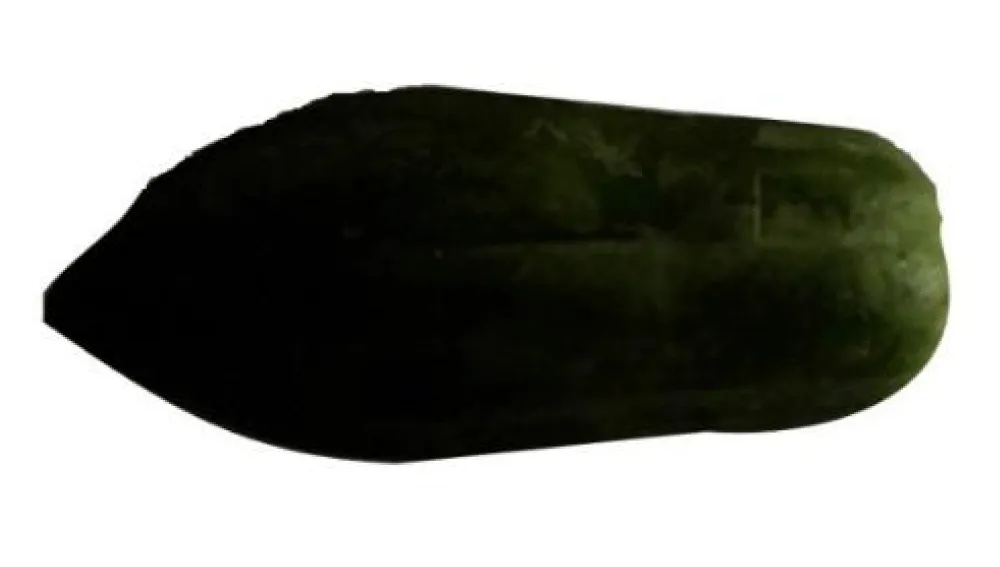
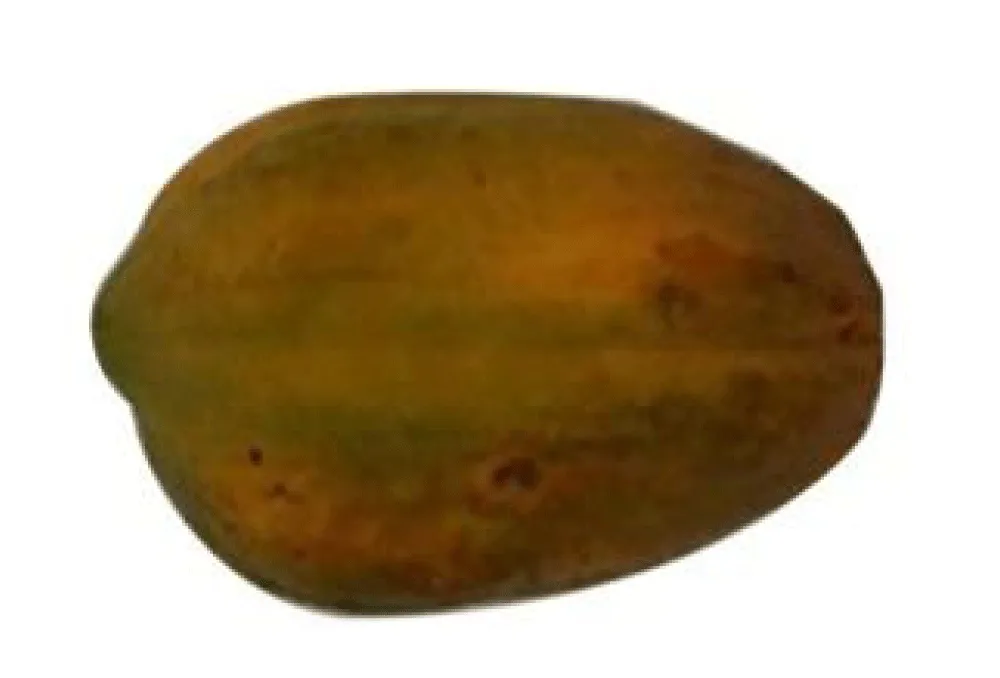


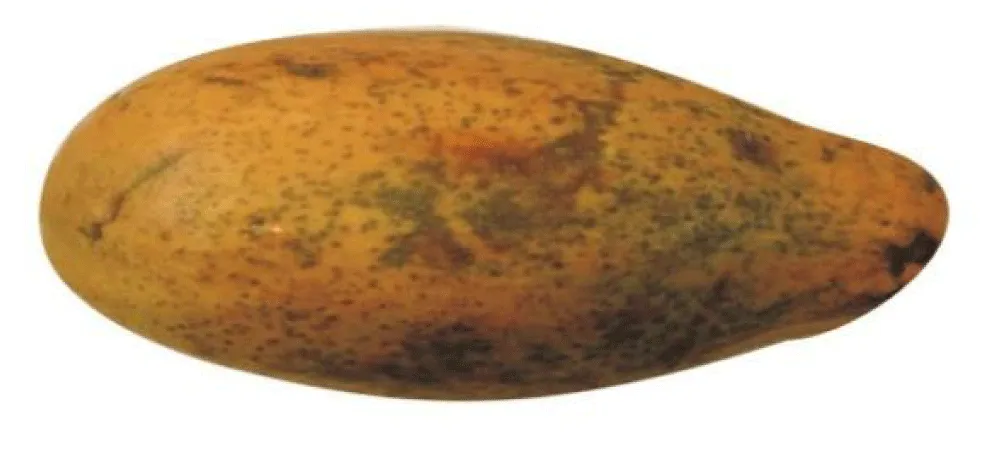


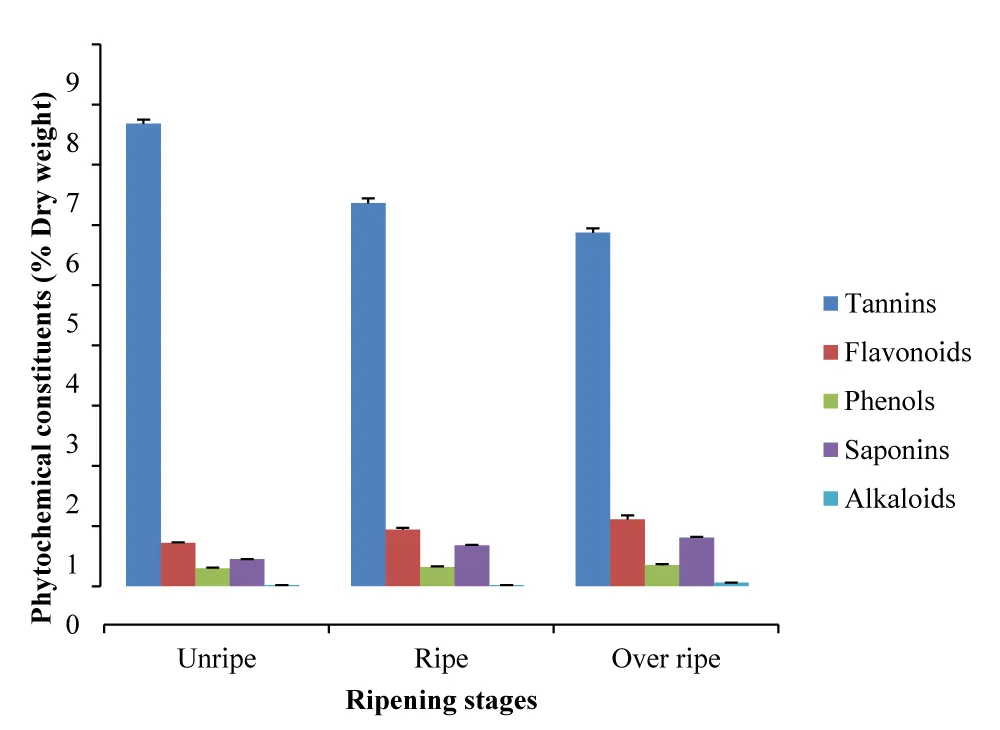

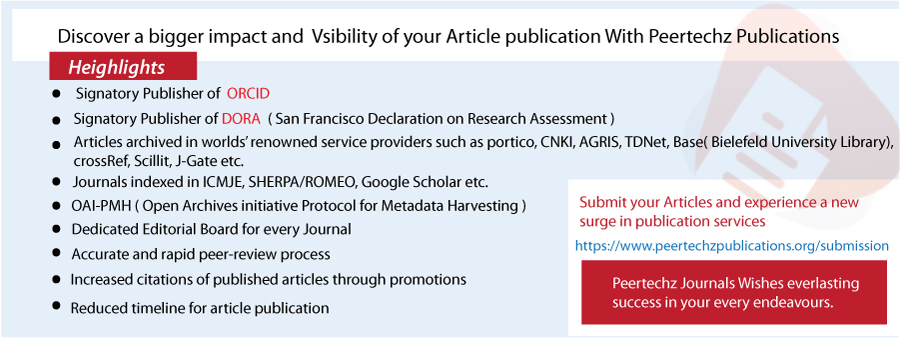
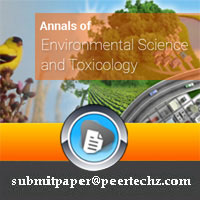
 Save to Mendeley
Save to Mendeley
